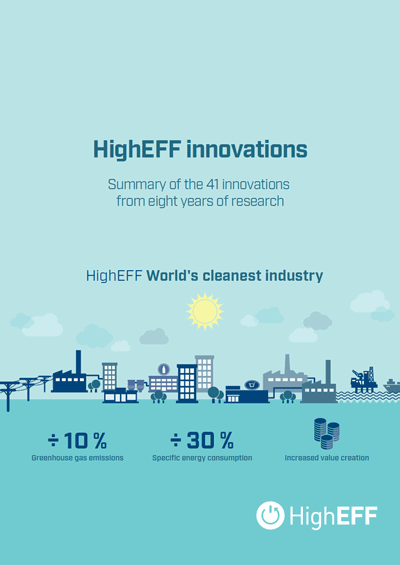Innovations
HighEFF adopted the following criteria and definitions of what constitutes an innovation.
An innovation can be a product, a technology, a component, a process or a sub-process, a model or sub-model, a concept, an experimental rig or a service that is new or significantly improved with respect to properties, technical specifications or ease of use. An innovation can also be new application of existing knowledge or commercialisation of R&D results. The innovation should be adopted by somebody or be ready for utilisation provided that it is made probable that the innovation will be utilised within a limited timeframe.
When an HighEFF innovation is recorded, the probability of success and impact is evaluated simultaneously. If both criteria are high, the development of this innovation will continue with considerable effort.

